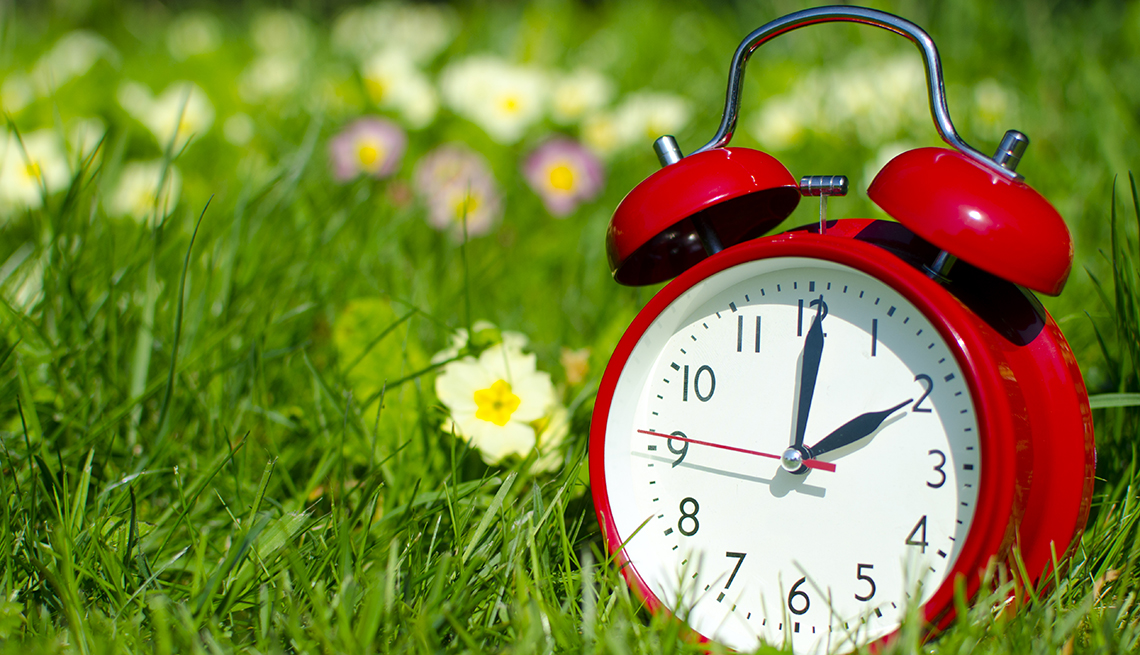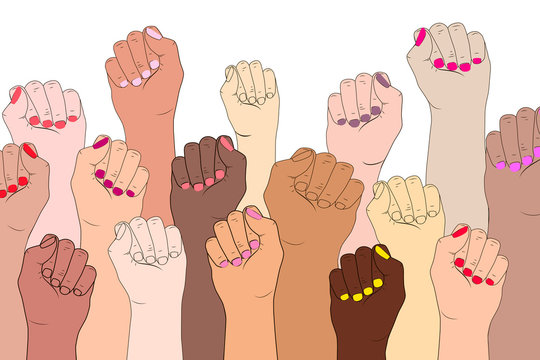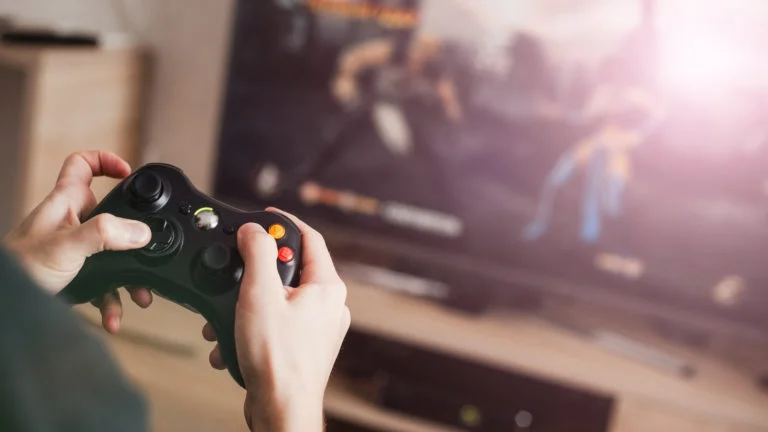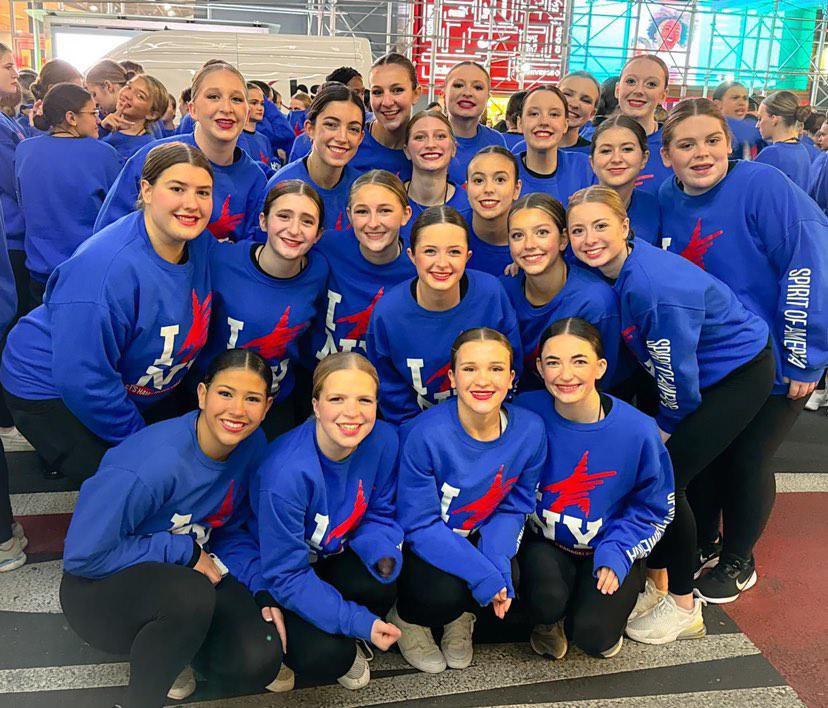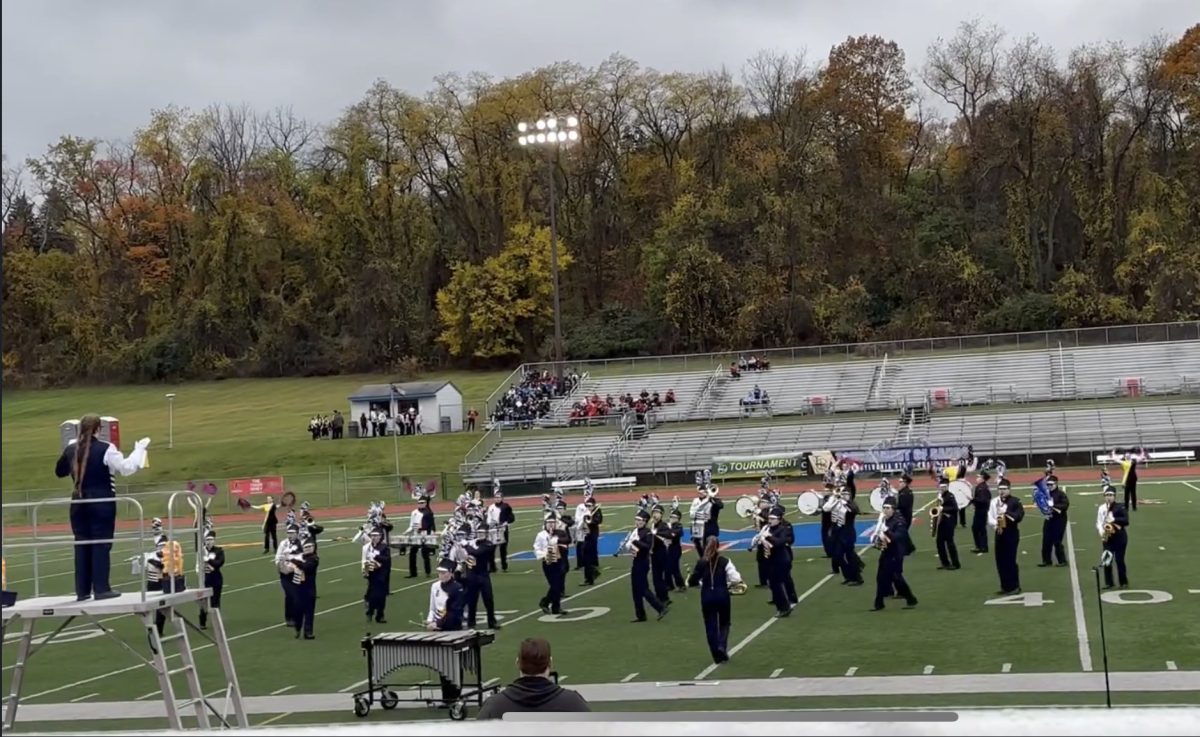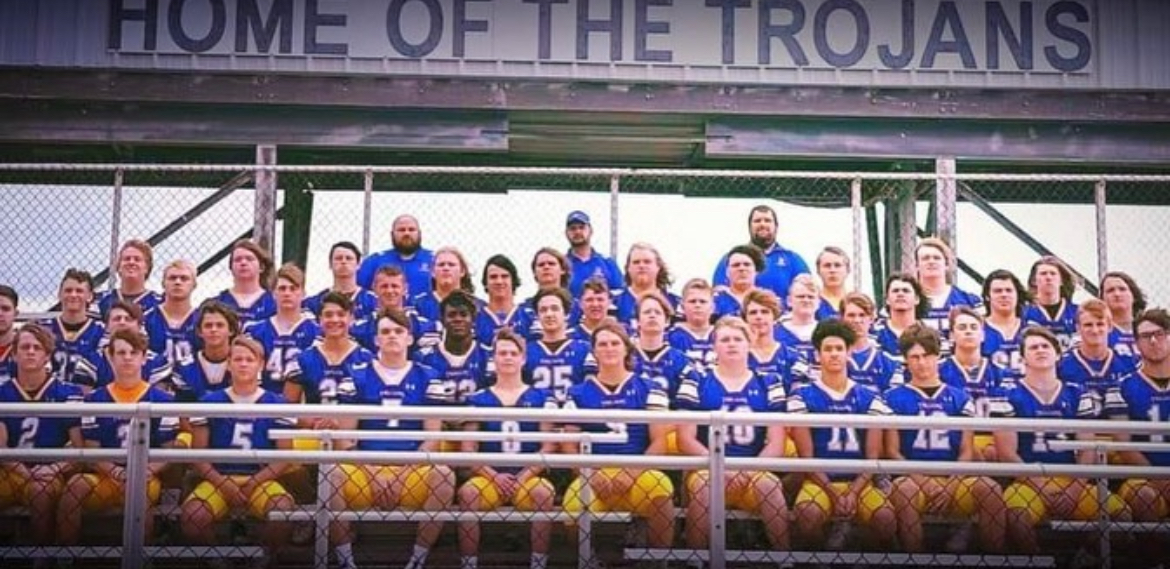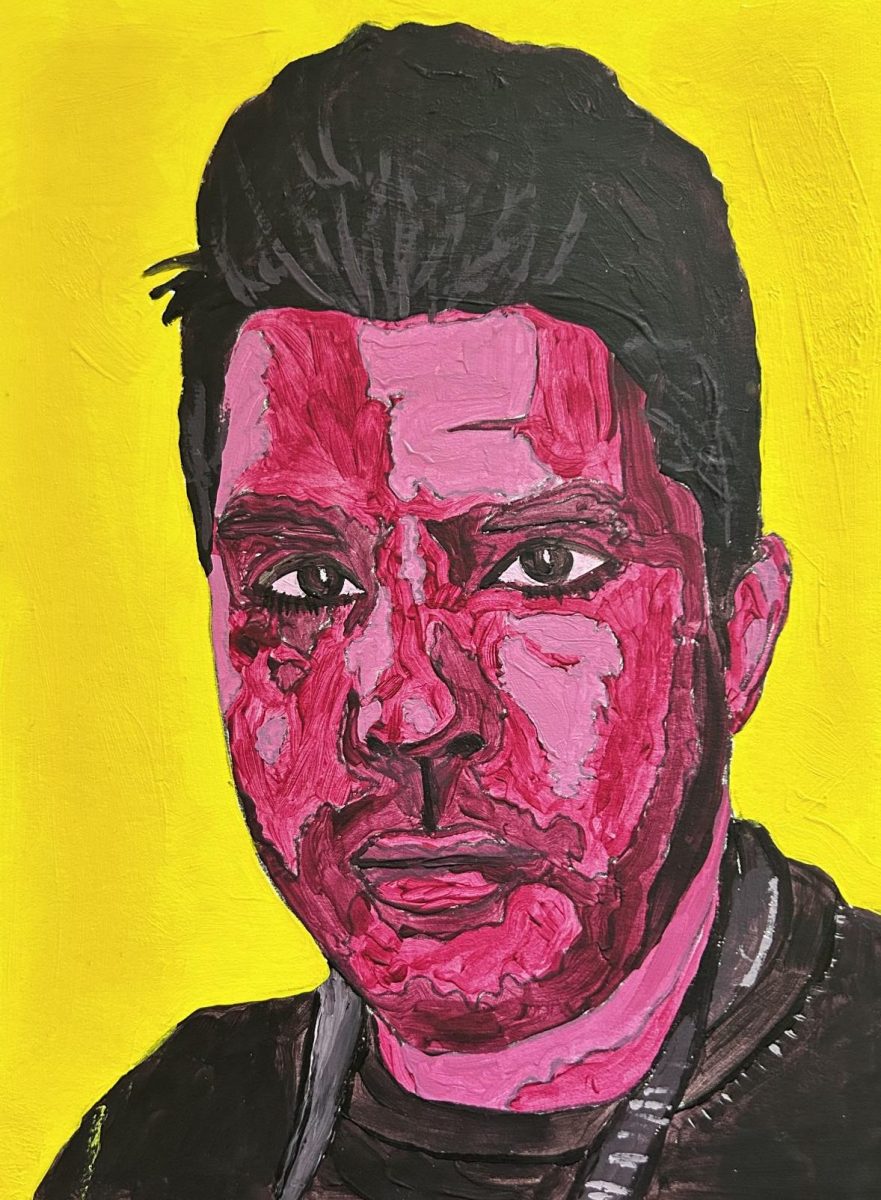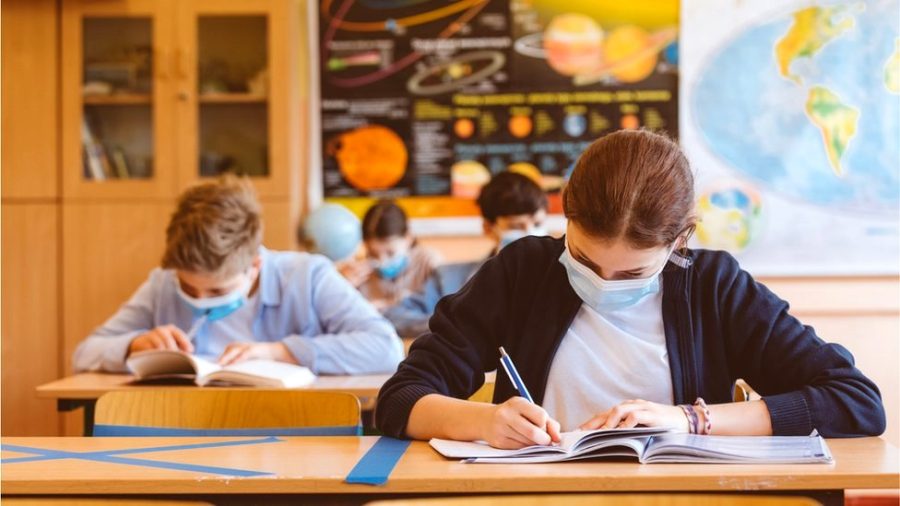The Teenage Struggle with the Pandemic
The constant fight with Covid continues still after 17 months.
The definition of routine according to Merriam-Webster is a habitual or mechanical performance of an established procedure. The Covid virus took routine and gave it a whole new meaning. Schedules became unpredictable, things constantly changed without warning, and no end point in sight.
With the pandemic still leaving traces of its severity behind even after being around for almost two years, its impact will be evident in learning environments for many months or even years to come.
Teachers and students alike were thrown off guard in March of 2020 having to take their idea of an everyday routine and threw it out the window. Everyone was confined to their houses, bedrooms became classrooms, and classes became “optional.” New routines revolved around isolation. Being alone became a norm.
The 2020-2021 school year provided opportunities for improvement in education, yet the attempt to get kids back into the classroom wasn’t the smoothest transition. This effort came with constant shutdowns and kids continually getting quarantined for weeks at a time.
This year kids received the chance to be back in the building full time, returning to a routine that they haven’t followed for 17 months. What some may think to have come easy to students, being back has proven to be a major challenge for all involved, not just academically but socially as well.
Throughout the pandemic, kids were able to stay connected socially by social media platforms, but was it sufficient enough?
Psychotherapist Katie Hurley expresses in an interview with TODAY how high school students did not go through developmental milestones together the way they normally would such as school dances, pep rallies, and even lunches. Developmentally, kids missed out on many valuable learning opportunities and chances for growth in character.
Returning to in-person learning, it has proven difficult for students to adjust. Most evident is their attention spans have been stretched thin and cannot concentrate in situations where attention was easily held pre-covid. Kids are so used to attending school in their beds with many other activities going on at once such as the TV on in the background, video games, or calling friends during their classes.
The struggle socially has been evident, but an underlying issue for students hides in their mental states.
Dr. Vivek Murthy, a U.S. surgeon, declared a public health advisory warning specifically for the mental health in America’s youth due to the pandemic. Symptoms of anxiety and depression have skyrocketed during the pandemic. “Be aware that over the course of the pandemic and quarantine,” Mutrhy expresses, “a lot of teenage friendships might have changed.” These relationships with family and friends seems to be the biggest contributor to the continually rising number of negative mental health cases.
Not only has this been a struggle for the students, but parents are also experiencing the need for major changes in the way they parent. Parents have become more lenient with what they allow their children to do and participate in. They want their children to almost make up for all the experiences they’ve lost over the past 17 months.
In an article from TODAY titled “Back in School, Teens are Struggling with Mental Health” by Allison Tate, she explains how parenting styles have been equally affected during this time. She expresses how parents have become more relaxed and focused on letting their children “catch up” on everything they have missed while they also “recognize that teenagers need down time alone.” Parents struggle to navigate their child’s needs during the pandemic, but children also struggle to navigate what their own needs are and what is best for them.
Most schools have been back to in person learning for about three and a half months now. Students and teachers alike are glad to be back, yet not everyone returned. Some students found that the cyber school experience fit their work ethic and personalities better than being present in the classroom. Those who did choose to come back into the building are finally beginning to return to a somewhat normal routine.
A routine that might be the “new norm” for the foreseeable future, but also a routine that still needs adjusting, socially, intellectually, and most importantly, mentally.

Abigail is a senior writer for the Station. She is the president of Spanish National Honor Society and participates in other clubs such as Interact and...


